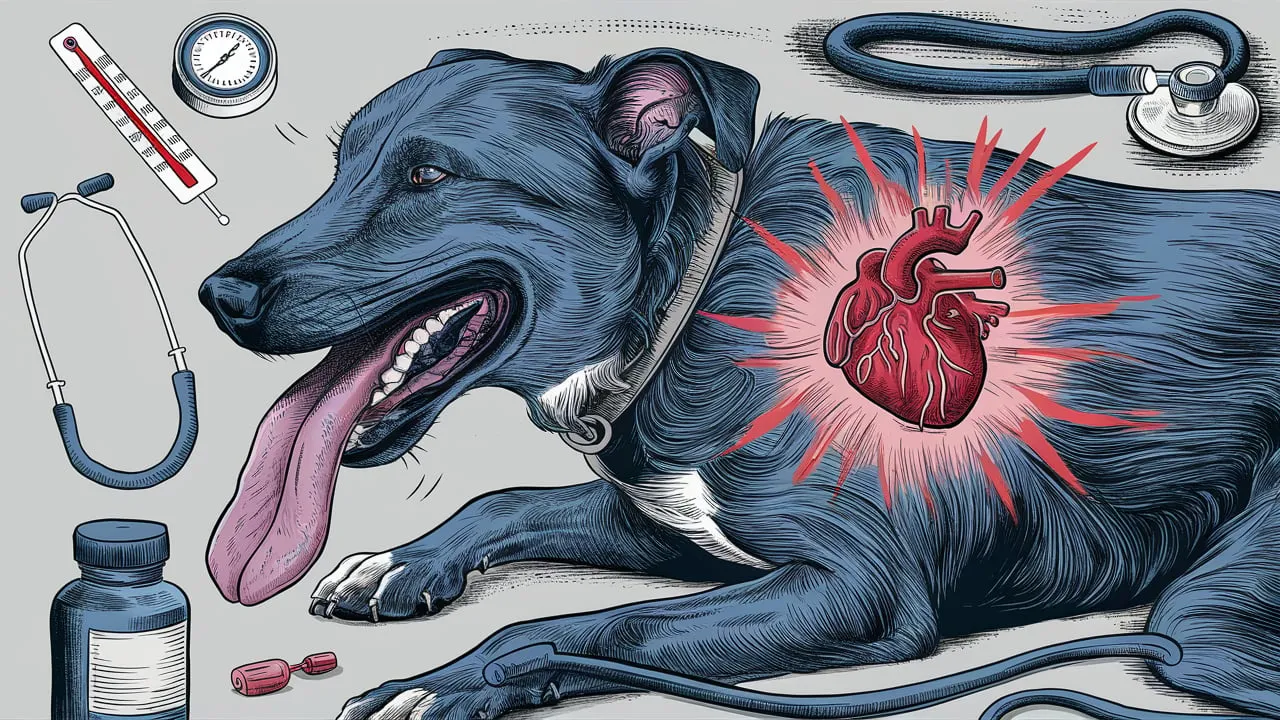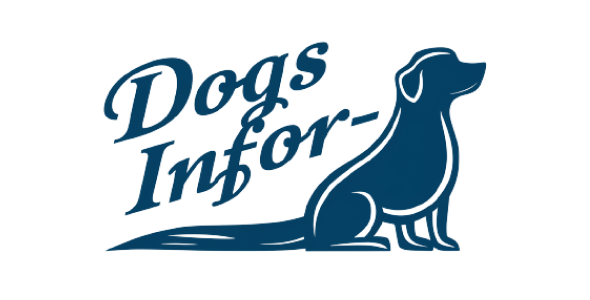Learn the crucial signs of Dog Symptoms Of Heart Attack, from difficulty breathing to collapse. Don’t delay, seek immediate veterinary care if you suspect a heart attack by Dogs Infor.
Understanding Heart Attacks in Dogs
Heart attacks, also known as myocardial infarctions, are serious medical emergencies that can be life-threatening for dogs. Understanding the causes, risk factors, and symptoms can help you recognize the signs and seek immediate veterinary care.
What is a heart attack?
A heart attack occurs when a blood clot blocks an artery supplying blood to the heart muscle. This blockage deprives the heart muscle of oxygen, leading to damage or death of the heart tissue.
Causes of heart attacks in dogs
- Atherosclerosis: A buildup of plaque in the arteries, narrowing the blood vessels and increasing the risk of clots.
- Blood Clots: Formation of blood clots in the arteries, which can travel to the heart and block blood flow.
- Heartworm Disease: A parasitic infection that can damage the heart and lungs, increasing the risk of heart attacks.
- Myocarditis: Inflammation of the heart muscle, which can weaken the heart and make it more susceptible to attacks.
- Congenital Heart Defects: Birth defects in the heart that can increase the risk of heart attacks.
Risk factors for heart attacks in dogs
- Age: Older dogs are more likely to develop heart disease and heart attacks.
- Breed: Certain breeds, such as Boxers, Doberman Pinschers, and Great Danes, have a higher risk of heart disease.
- Obesity: Excess weight puts extra strain on the heart, increasing the risk of heart attacks.
- High Cholesterol: Elevated cholesterol levels can contribute to atherosclerosis and increase the risk of clots.
- Diabetes: Diabetes can damage blood vessels and increase the risk of heart attacks.
- High Blood Pressure: High blood pressure puts extra strain on the heart, increasing the risk of heart attacks.
- Smoking: Secondhand smoke exposure can contribute to heart disease and increase the risk of heart attacks.

Common Symptoms of a Dog Heart Attack
Difficulty Breathing
A dog having a heart attack may experience labored breathing, rapid shallow breaths, or even gasping for air. They might also cough or wheeze.
Collapse or Weakness
Sudden weakness, stumbling, or collapsing are serious signs. Your dog might be unable to stand or walk normally.
Loss of Consciousness
This is a very serious symptom and indicates a critical situation. If your dog is unconscious, seek immediate veterinary attention.
Seizures
While not always a direct sign of a heart attack, seizures can be triggered by heart problems. If your dog has a seizure, it’s crucial to seek veterinary care right away.
Changes in Heart Rate or Rhythm
You might notice an unusually fast or slow heartbeat, or an irregular rhythm. This can be difficult to detect without a stethoscope, but if you suspect a change, it’s important to consult your vet.
Blue Gums
Pale or blue gums are a sign of poor blood circulation, which can be caused by a heart attack. This is a serious symptom that requires immediate veterinary attention.
What to Do If You Suspect a Heart Attack?

Remain Calm and Assess the Situation
It’s natural to panic, but try to stay calm and observe your dog carefully. Note the symptoms you’re seeing, how long they’ve been present, and whether they’re getting worse. This information will be helpful for your veterinarian.
Contact Your Veterinarian Immediately
Don’t hesitate! Call your veterinarian or an emergency animal hospital right away. Explain the situation clearly and follow their instructions. They may advise you on how to best transport your dog or what first aid measures you can take while waiting for help.
Transport Your Dog Safely
If your dog is conscious, try to keep them calm and comfortable. If they’re unconscious, carefully place them in a crate or on a blanket and transport them to the vet. Avoid lifting them by their legs or neck, as this could cause further injury.
Provide Basic First Aid if Necessary
If your dog is unconscious, you can try to revive them by gently rubbing their chest and giving them mouth-to-snout resuscitation. However, only attempt this if you’re comfortable with the procedure and your dog is not showing signs of injury. Focus on getting your dog to the vet as quickly as possible.
Treatment for Dog Heart Attacks
Emergency Medical Care
At the veterinary hospital, your dog will receive immediate emergency care, including oxygen therapy, intravenous fluids, and medications to stabilize their heart rhythm and blood pressure. They may also need to be monitored closely with an electrocardiogram (ECG) to assess their heart function.
Medications
Depending on the cause and severity of the heart attack, your dog may be prescribed a variety of medications to help manage their condition. These could include:
- Cardiac medications: to regulate heart rhythm, control blood pressure, and improve heart function.
- Diuretics: to reduce fluid buildup in the lungs and body.
- Antibiotics: to prevent infection.
- Pain relievers: to manage discomfort.
Lifestyle Changes
Once your dog has stabilized, your veterinarian will work with you to develop a plan for long-term management. This may involve:
- Dietary changes: A low-sodium, heart-healthy diet can help reduce stress on the heart.
- Exercise modification: Your dog may need to limit strenuous activity to prevent further strain on their heart.
- Weight management: Obesity can put extra stress on the heart, so maintaining a healthy weight is crucial.
- Regular veterinary checkups: Follow-up appointments will be essential to monitor your dog’s progress and adjust their treatment plan as needed.
Conclusion
Being aware of the warning signs and acting quickly can make a crucial difference in your dog’s outcome. Early intervention is key to improving their chances of survival and recovery. Your veterinarian is your dog’s best advocate. By working closely with them, you can ensure that your dog receives the best possible care and support, both during an emergency and in the long term. Together, you can help your furry friend live a long and happy life.

Related Post
Signs Your Dog Needs Probiotics: Digestive Problems
Green Stool In Dogs: Causes, Concerns And When To Worry
Dental Anatomy Of Dogs: Unveiling The Secrets